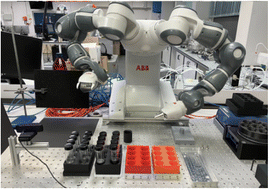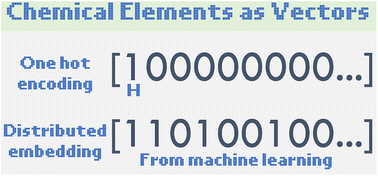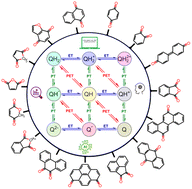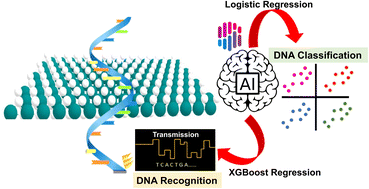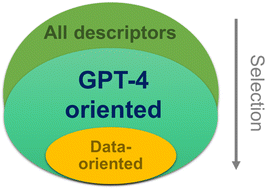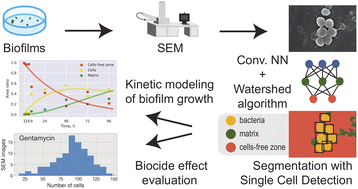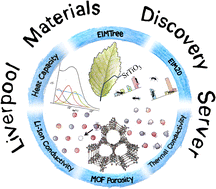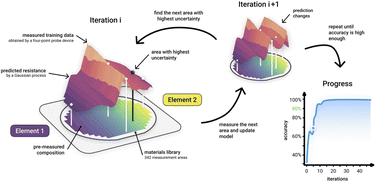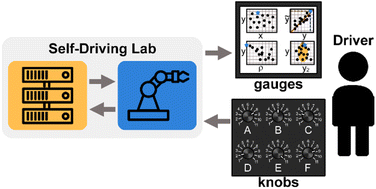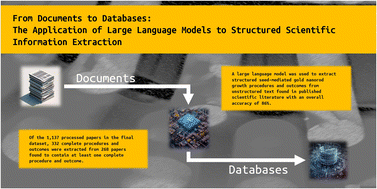Digital Discovery, 2023, 2,1540-1547
DOI: 10.1039/D3DD00109A, Paper
DOI: 10.1039/D3DD00109A, Paper
 Open Access
Open Access This article is licensed under a Creative Commons Attribution-NonCommercial 3.0 Unported Licence.
This article is licensed under a Creative Commons Attribution-NonCommercial 3.0 Unported Licence.Michael Walker, Gabriella Pizzuto, Hatem Fakhruldeen, Andrew I. Cooper
An autonomous viscosity estimation using a dexterous dual-armed collaborative robot and a three dimensional convolutional neural network model that strongly outperforms human abilities.
The content of this RSS Feed (c) The Royal Society of Chemistry
An autonomous viscosity estimation using a dexterous dual-armed collaborative robot and a three dimensional convolutional neural network model that strongly outperforms human abilities.
The content of this RSS Feed (c) The Royal Society of Chemistry

